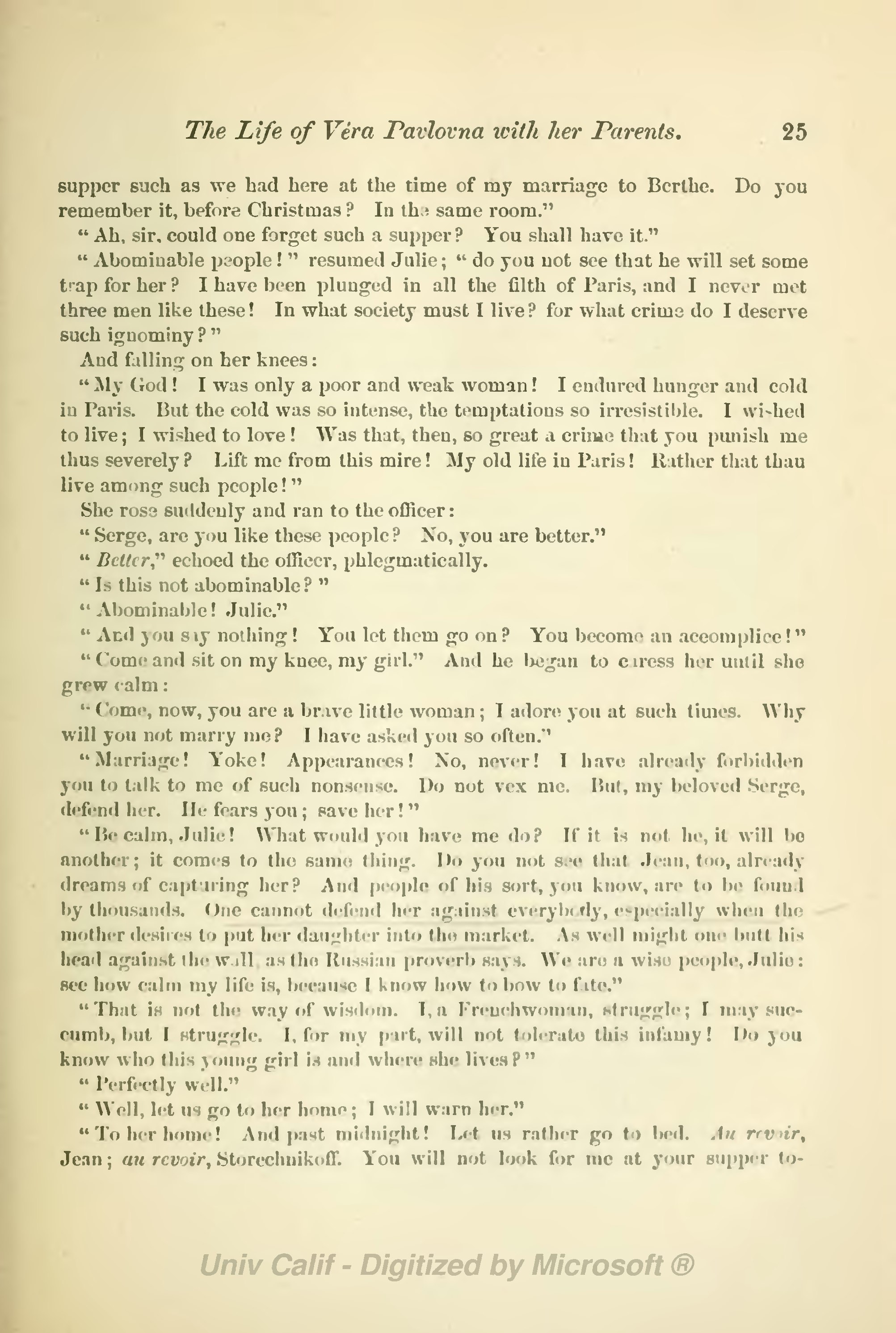
Chernyshevsky What Is To Be Done Pdf To Jpg
Contents • • • • • • • Plot introduction [ ] Within the framework of a story of a privileged couple who decide to work for the revolution, and ruthlessly subordinate everything in their lives to the cause, the work furnished a blueprint for the asceticism and dedication unto death which became an ideal of the early socialist underground of the. Reactions [ ] The book is perhaps better known in the English-speaking world for the responses it created than as a novel in its own right. Mocked the and of the novel in his 1864 novella, as well as in his 1872 novel. Wrote a different, published in 1886, based on his own ideas of moral responsibility., however, found it inspiring and named a 1902 pamphlet '. Lenin is said to have read the book five times in one summer, and according to Professor Emeritus of Slavic and Comparative Literature at Stanford, Joseph Frank, 'Chernyshevsky's novel, far more than Marx's Capital, supplied the emotional dynamic that eventually went to make the Russian Revolution.' Interesting facts [ ] The novel mentions (in the 4th dream of Vera Pavlovna) aluminium as the 'metal of the future'.
Convert PDF to JPG - Free PDF to JPG converter, nothing to download, no registration, no watermark Simply an online, free PDF to JPG converter. Get the job done in a few seconds. Pages in category 'Nikolai Chernyshevsky' This category contains only the following page.
In fact became widely used only starting with World War I (1914). The 'Dame in mourning' appearing at the end of the novel is Olga S. Chernyshevskaya, the author's wife. References in other work [ ] Characters with the last name 'Kirsanov' also appear in 's. Argues with 's ideas in.
In particular, he responds negatively to Chernyshevsky's idealization of The Crystal Palace, a theme which is referenced throughout Russian literature. American playwright referenced the book multiple times in his play. The main character of 's Les caves du Vatican (En. Lafcadio's Adventures), Lafcadio, resembles Rakhmetov. In the book, author claims that What Is to Be Done? Is one of the sources of inspiration for Rand's thought. For example, the book's main character Lopuhov says 'I am not a man to make sacrifices.
And indeed there are no such things. One acts in the way that one finds most pleasant.'
's final novel in Russian,, ridicules What is to Be Done? In its fourth chapter. Footnotes [ ].
This romance, the last work and only novel from Tchernychewsky's pen, originally appeared in 1863 in a St. Petersburg magazine, the author writing it at that time in a St. Petersburg dungeon, where he was confined for twenty-two months prior to being sent into exile in Siberia by the cruel Czar who has since paid the penalty of this crime and many others. Dj movie in hindi download hd. This martyr-hero of the modern Revolution still languishes in a remote corner of that cheerless country, his health ruined and—if report be true—his mind shattered by his long solitude and enforced abstention from literary and revolutionary work.
The present Czar, true son of his father, persistently refuses to mitigate his sentence, despite the petition for Tchernychewsky's freedom sent not long ago to Alexander III. By the literary celebrities of the world gathered in international congress at Vienna.
The Russian Nihilists regard the present work as a faithful portraiture of themselves and their movement, and as such they contrast it with the celebrated ' of, which they consider rather as a caricature. The fundamental idea of Tchernychewsky's work is that woman is a human being and not an animal created for man's benefit, and its chief purpose is to show the superiority of free unions between men and women over the indissoluble marriage sanctioned by Church and State. It may almost be considered a continuation of the great Herzen's novel, 'Who Is To Blame?' Written fifteen years before on the same subject.
If the reader should find the work singular in form and sometimes obscure, he must remember that it was written under the eye of an autocrat, who punished with terrific severity any one who wrote against 'the doctrines of the Orthodox Church, its traditions and ceremonies, or the truths and dogmas of Christian faith in general,' against 'the inviolability of the Supreme Autocratic Power or the respect due to the Imperial Family,' anything contrary to 'the fundamental regulations of the State,' or anything tending to 'shock good morals and propriety.' As a work of art 'What's To Be Done?'
Speaks for itself. Nevertheless, the words of a European writer regarding it may not be amiss. 'In the authors view the object of art is not to embellish and idealize nature, but to reproduce her interesting phases; and poetry—verse, the drama, the novel—should explain nature in reproducing her; the poet must pronounce sentence. He must represent human beings as they really are, and not incarnate in them an abstract principle, good or bad; that is why in this romance men indisputably good have faults, as reality shows them to us, while bad people possess at the same time some good qualities, as is almost always the case in real life.' Tyranny knows no better use for such an author than to exile him.